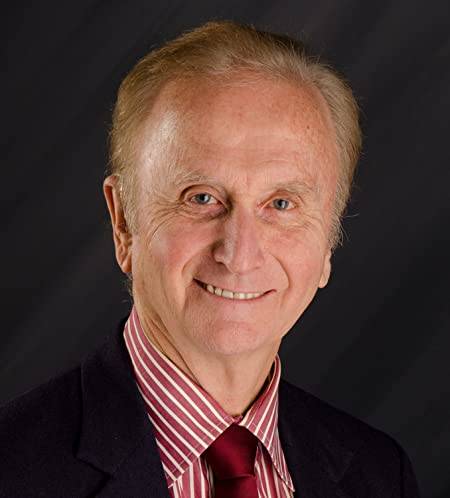Pourquoi et comment compenser la réduction du volume respiratoire causée par tout entraîneur de résistance respiratoire
Pourquoi et comment compenser la réduction du volume respiratoire causée par tout entraîneur de résistance respiratoire
26 décembre 2023, par Michael Grant White

Je me méfie depuis longtemps des inhalations forcées pour le développement de la respiration. Il découle des connaissances du chant ainsi que des professeurs de l'école de mouvement et de respiration Ilsa Gindler, ainsi que de la physiothérapie germano-américaine de Carola Speads et Elsa Middendorf et du Qi Gong (Chi Kung).
Fondamentalement, je les vois comme resserrant la poitrine, renforçant la respiration buccale/le ronflement/l'apnée malsaines et réduisant la détection interne subtile et la longévité qu'offre l'augmentation du VEMS et du travail respiratoire optimal. Les athlètes, de par leur nature compétitive, suppriment souvent de nombreux signaux de rétroaction respiratoire sains. Bien après la fin de la compétition, ces signaux restent supprimés, ce qui est l’une des principales raisons pour lesquelles les athlètes n’ont pas la vie très longue que devrait suggérer un conditionnement supérieur. Le VEMS maximum est perdu et reste perdu.
Les personnes ayant des problèmes de respiration cachés ne sauront souvent pas que l’inspiration forcée resserre leur poitrine et coupe la perception interne. Ils peuvent se sentir mieux grâce à une respiration endogène renforcée et à des échanges gazeux améliorés, mais l'aspect exogène et sa relation avec la chimie interne d'une respiration plus facile devient compromis et invite à des problèmes futurs tels qu'une relaxation profonde diminuée, un équilibre parasympathique sous-optimal et/ou une perte de sens. De soi.
Nous conseillons fortement à toute personne utilisant un appareil d'entraînement à résistance respiratoire, quel qu'il soit, d'utiliser également les techniques et exercices de développement respiratoire de notre kit de respiration optimale pour compenser les tensions thoraciques et les restrictions respiratoires qu'ils laissent si souvent dans leur sillage.
Apprenez à mieux respirer avec le kit de maîtrise de la respiration optimale.

Rencontrez Mike White
Rencontrez Michael Grant White, le coach de respiration optimale et obtenez des informations concrètes sur votre développement respiratoire, votre santé et votre longévité.




